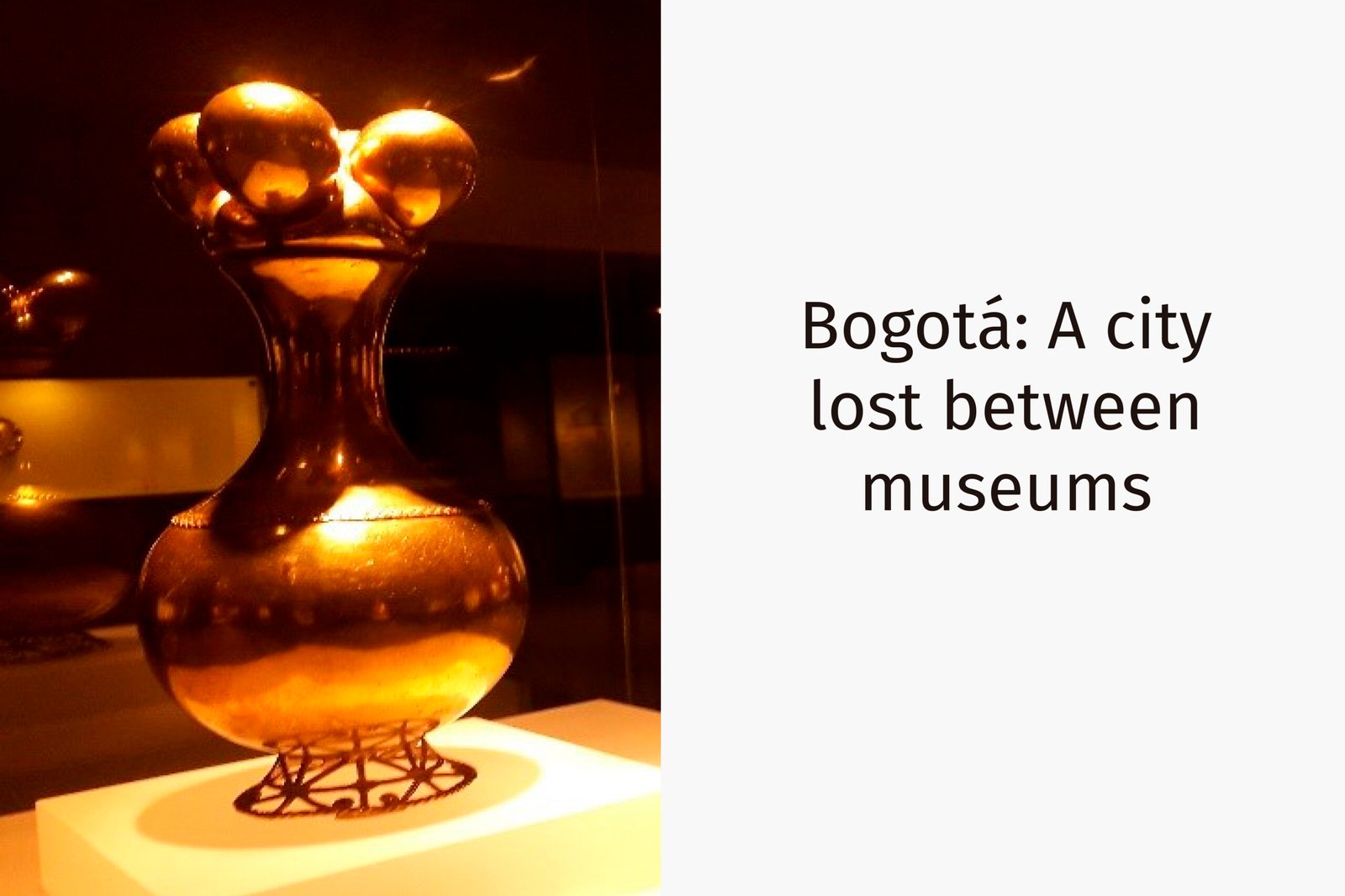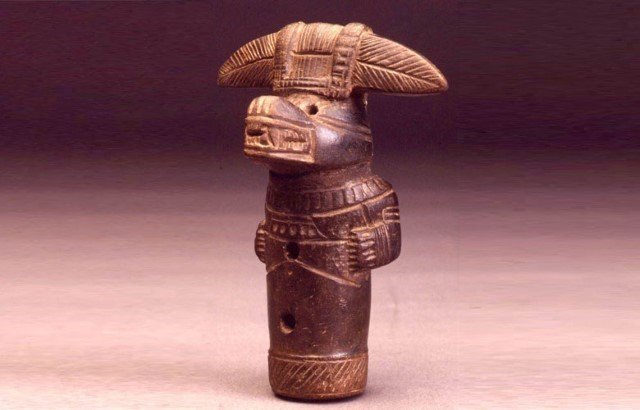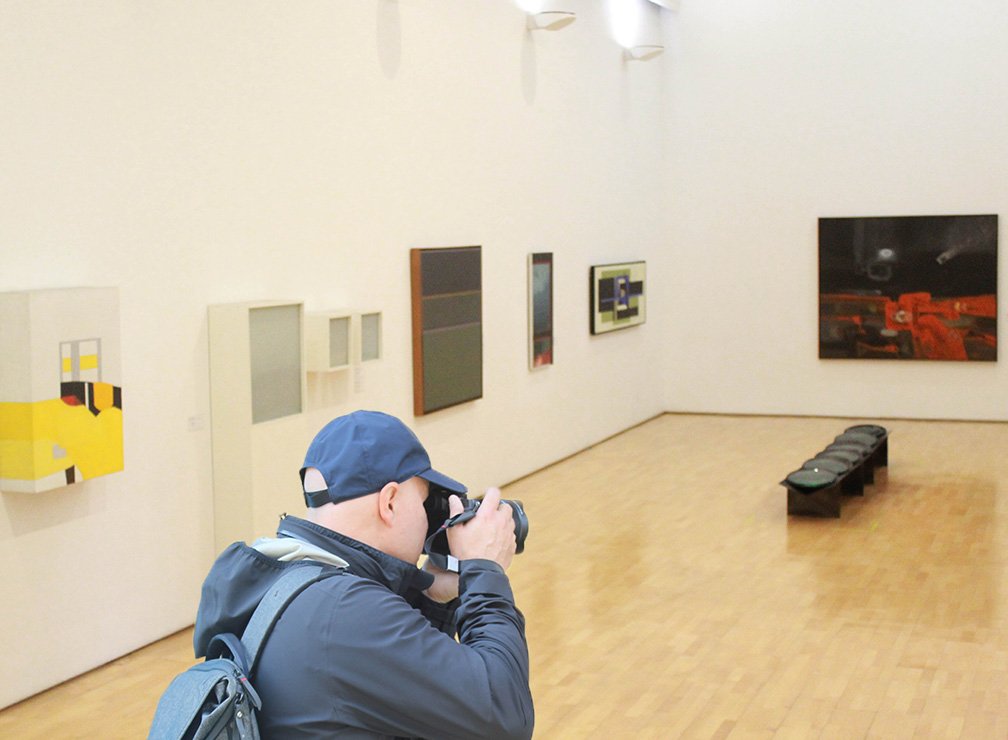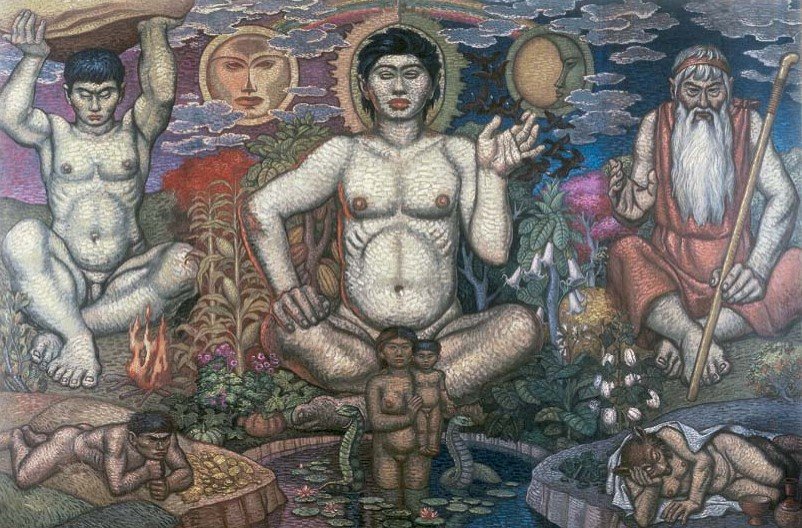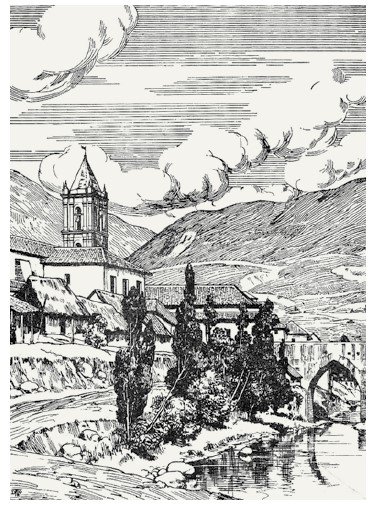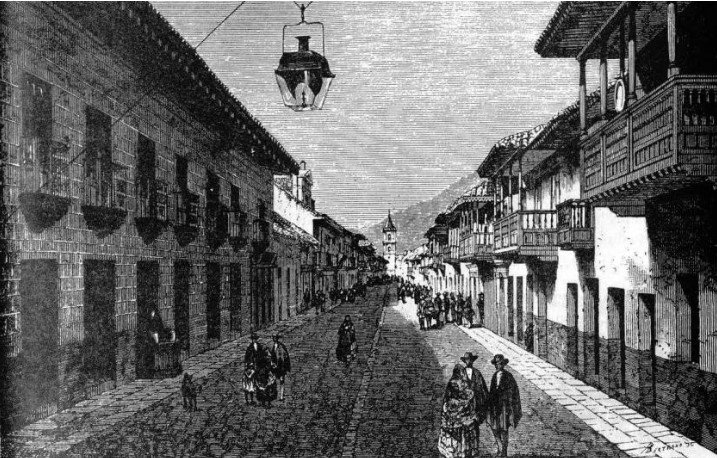
The thousand and one voices: Bogotá Rock history
Music is fundamental in culture. The sounds explore the most sensible dimensions of human emotionality. We all remember unique moments from our life by a song and anyone has stopped singing to disaffection. Culture history would be unthinkable without considering the sounds that have accompanied and characterized unprecedented historical and political moments. Of course, Bogota is not the exception and exploring its sounds is a fascinating job. In this opportunity, we will talk about rock history in this city, full of buildings and histories about to tell.
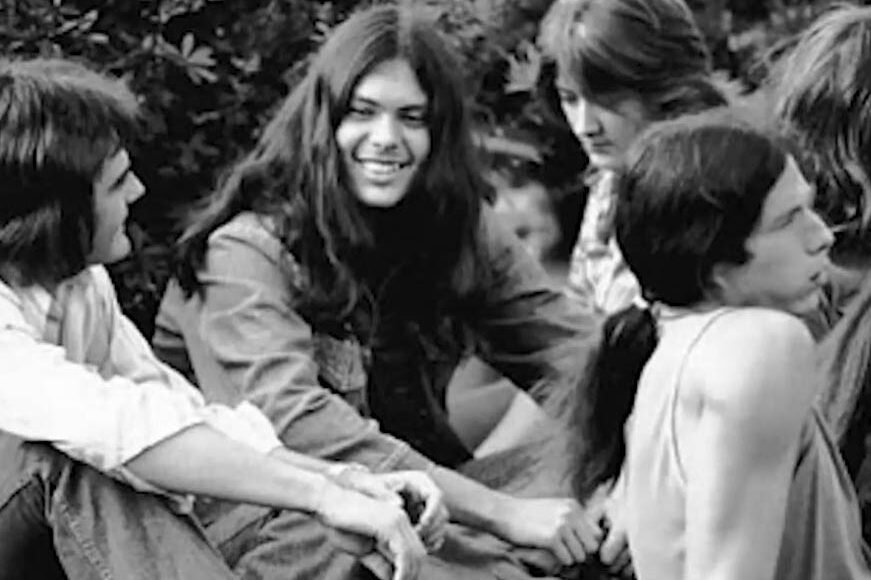
Between the sixties and seventies decades, young people from all over the world were shouting together for world peace. Thus, chants to freedom, justice, and peace showed up. These sounds arrived at Bogotá by means of the radio. Nights from the capital were enlivened by a program broadcasted by Jimmy Reiskback between eleven and half-past eleven in the night. There were transmitted some of the referents of that time: Chuck Berry, Elvis Presley, and Little Richard. Traditionally, this radio would characterize by its closeness to Mexican cultural music, marked by its fidelity to ranchera, music which was once listened to most by older adults.

The energy generated by the sounds imported from North America and West Europe, vented in the creation of many musical groups and an outstanding cluster of production and record label dissemination. In 1964 the two most distinguished musical groups came along in Bogotá: The Flippers and The Speakers. Their first tracks were notable covers from the most-listened musical groups in the world. The closeness between these groups and the city inhabitants grew significantly.

Presentations in the Bogotan public space were numerous for these years. The Hippies park, located at Chapinero’s heart, permitted the encounter between numerous young people greedy for experiences and sensations. There were performed some theatrical and circus encounters, movies were screened, and storytellers and rock bands presented live. Such a wonderful place.

Along with the park, it appeared some youth shops which sold clothes and musical discs. Rock lovers from such times shared different style features. The long hair and coloured clothes wearing represented Bogotan youth for those years. Nevertheless, these practices bothered profoundly a great segment of the Colombian population who conserved conservative values and beliefs. With the intention to assert their lifestyle and to protest against traditional ways of living, in 1968 it took place the Marcha de los melenudos (shaggies parade). This juvenile encounter extended from the seventh avenue between 60 street and 28 street. Singing and dancing, thousands of youngsters encountered for presenting their opinions and to make callings for change.

When the rock scene from the seventies and sixties is reminded, it is necessary to mention the presence of different psychoactive substances in the creative process of some musical groups. This would provide an aesthetic in which it would play a whole sequence of symbols and social values. One of the most representative cases would be the production of The Beatles album Sargent Pepper Lonely Hearts Club Band

This album and the artistic proposal that represented influenced The Speakers profoundly. In 1968 it would be launched their last job. In such times, the group was coming through hard economic needs. Then Manuel Drezner appeared as the owner of the Ingresón Studios. Manuel offered his recording centre to the band during nights and early mornings with the condition that the name of his company would appear on their record. So, the band would produce The Speakers en el maravilloso mundo de Ingresón (The Speakers in the wonderful world of Ingresón). Between the tracks there are Oda a la gente mediocre, Si la Guerra es buen negocio, invierte y salmo del siglo XX, era de la destrucción. We can identify a considerable distance with the classic styles. By the other side, inside the record, we could find a little colored square. There could be read “for extrasensory experiences, swallow without chewing it”. It is said that many young people hallucinated once they ingested this substance. It is also said that this record should be considered as one of the most outstanding pieces in the history of music. Nevertheless, sells did not fulfill with the expectations and the band had to disappear.
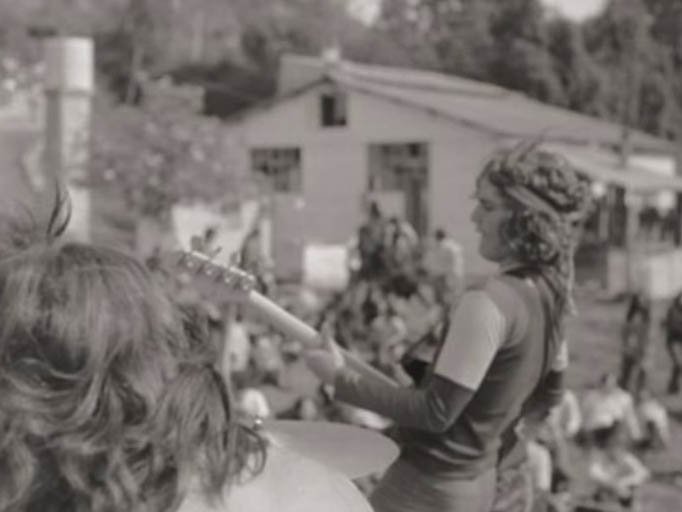
Time has passed, and rock has been consolidating as a fundamental cultural referent in Bogotá. Definitely, the planning and execution of rock al Parque have been central to this process. Here we talk about the biggest outdoor music festival in Colombia and one of the most prominent from the continent. This festival has been celebrated since 1994 and it had gathered rock lovers from different generations. The firsts festivals were celebrated at La Plaza de Toros de La Santa María. Over the years the seating increased and the Simon Bolivar Park was adapted as the scenario in which yearly notable exponents of global rock come together. At this great party, enormous groups from the global and Latin American musical culture have encountered, such as Soda Estéreo, La Pestilencia, Café Tacvba, Molotov and Atari Teenage Riot. During each one of these festival celebrations dances and chants have been the principal players. Let us all hope for this never-ending.

